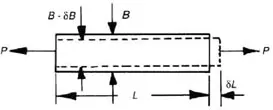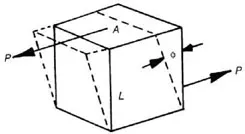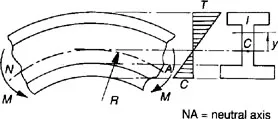

Mechanical Engineer's Data Handbook
James Carvill
- 352 pages
- English
- ePUB (mobile friendly)
- Available on iOS & Android
Mechanical Engineer's Data Handbook
James Carvill
About This Book
This text provides the student and professional mechanical engineer with a reference text of an essentially practical nature. It is uncluttered by text, and extensive use of illustrations and tables provide quick and clear access to information. It also includes examples of detailed calculations on many of the applications of technology used by mechanical and production engineers, draughtsmen and engineering designers.
Although mainly intended for those studying and practising mechanical engineering, a glance at the contents will show that it is also useful to those in related branches of engineering such as production, marine, offshore, mining, mineral and in particular that of design. This reference book provides engineers with a wealth of useful material in a very compact and quickly accessible form.
- Clear presentation and quick access to information
- Very practical material, readily applied
- Highly illustrated to aid understanding
Frequently asked questions
Information
Strengths of materials
1.1 Types of stress
1.1.1 Direct, shear and bending stress



Poisson’s ratio



Shear stress


Bending stress



